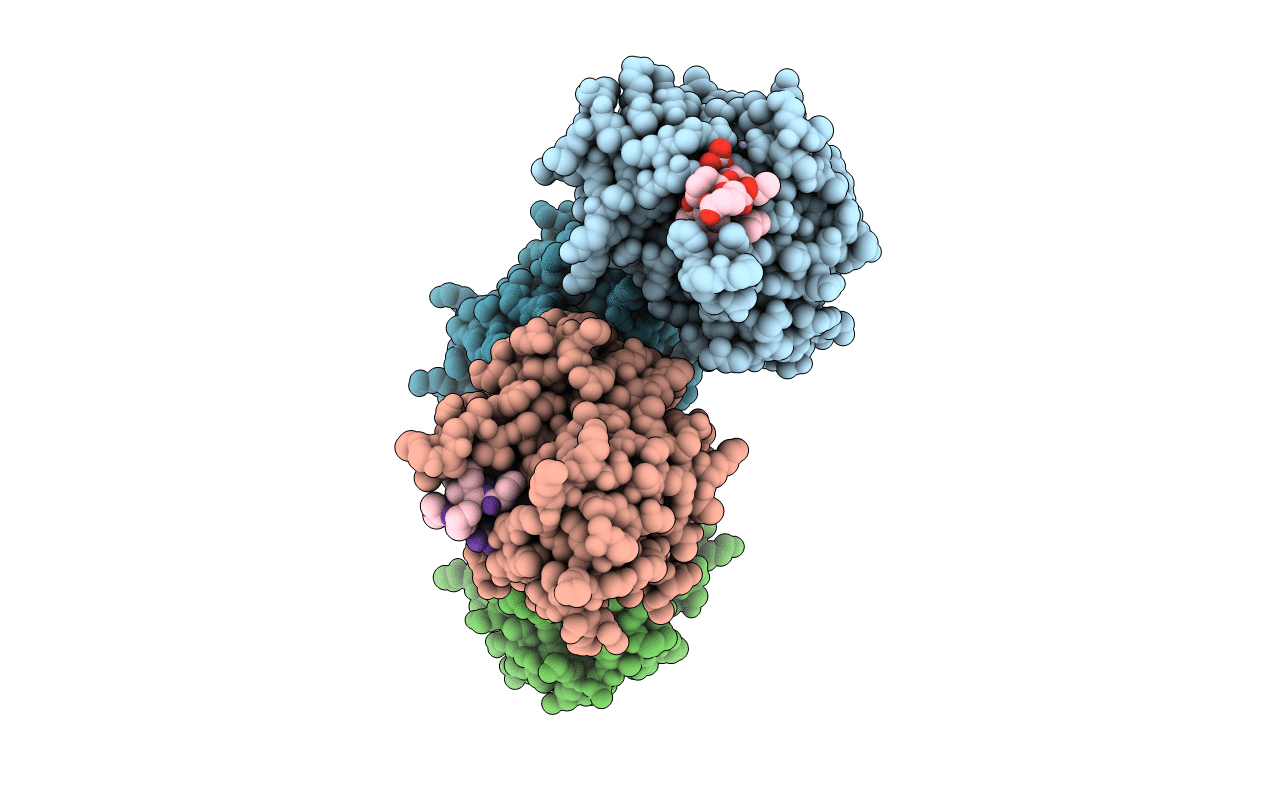
Deposition Date
2020-06-05
Release Date
2021-03-31
Last Version Date
2024-10-30
Entry Detail
PDB ID:
6XBF
Keywords:
Title:
Structure of NDM-1 in complex with macrocycle inhibitor NDM1i-1G
Biological Source:
Source Organism:
Klebsiella pneumoniae (Taxon ID: 573)
synthetic construct (Taxon ID: 32630)
synthetic construct (Taxon ID: 32630)
Host Organism:
Method Details:
Experimental Method:
Resolution:
2.20 Å
R-Value Free:
0.24
R-Value Work:
0.19
R-Value Observed:
0.19
Space Group:
P 1


